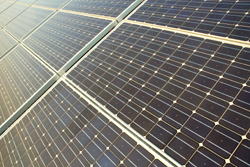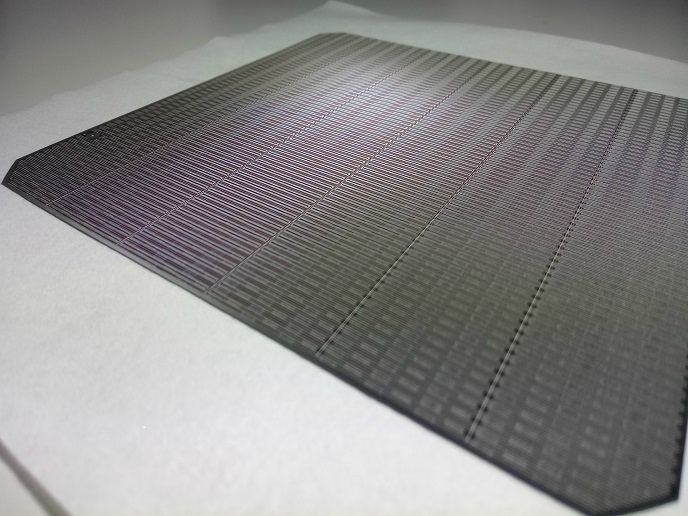Industrial solar cell using aluminium and boron
The INDHI project took the results of laboratory research into high efficiency solar cells and placed them in a real industrial environment. This was achieved through the development of a new fabrication process for industrial, large scale multi-crystalline silicon (mc-Si) solar cells. The back-surface field (BSF) is part of the structure of a solar cell. At present mc-Si solar cell production technology uses an aluminium alloying process for forming the BSF, giving a back contact of low resistance. However, the next generation of high efficiency solar cells need a BSF of much higher quality. Earlier experiments using float-zone silicon (FZ-Si) cells showed that the BSF could be improved by using aluminium and boron together, instead of only aluminium. When this process was applied to mc-Si solar cells the result was better BSF quality and increased cell parameters and conversion efficiency. Other improvements included an increase in long wavelength response, short circuit current and open circuit voltage. These results indicated that mc-Si solar cells with a BSF formed by mixing aluminium with boron performed much better than with just aluminium.







